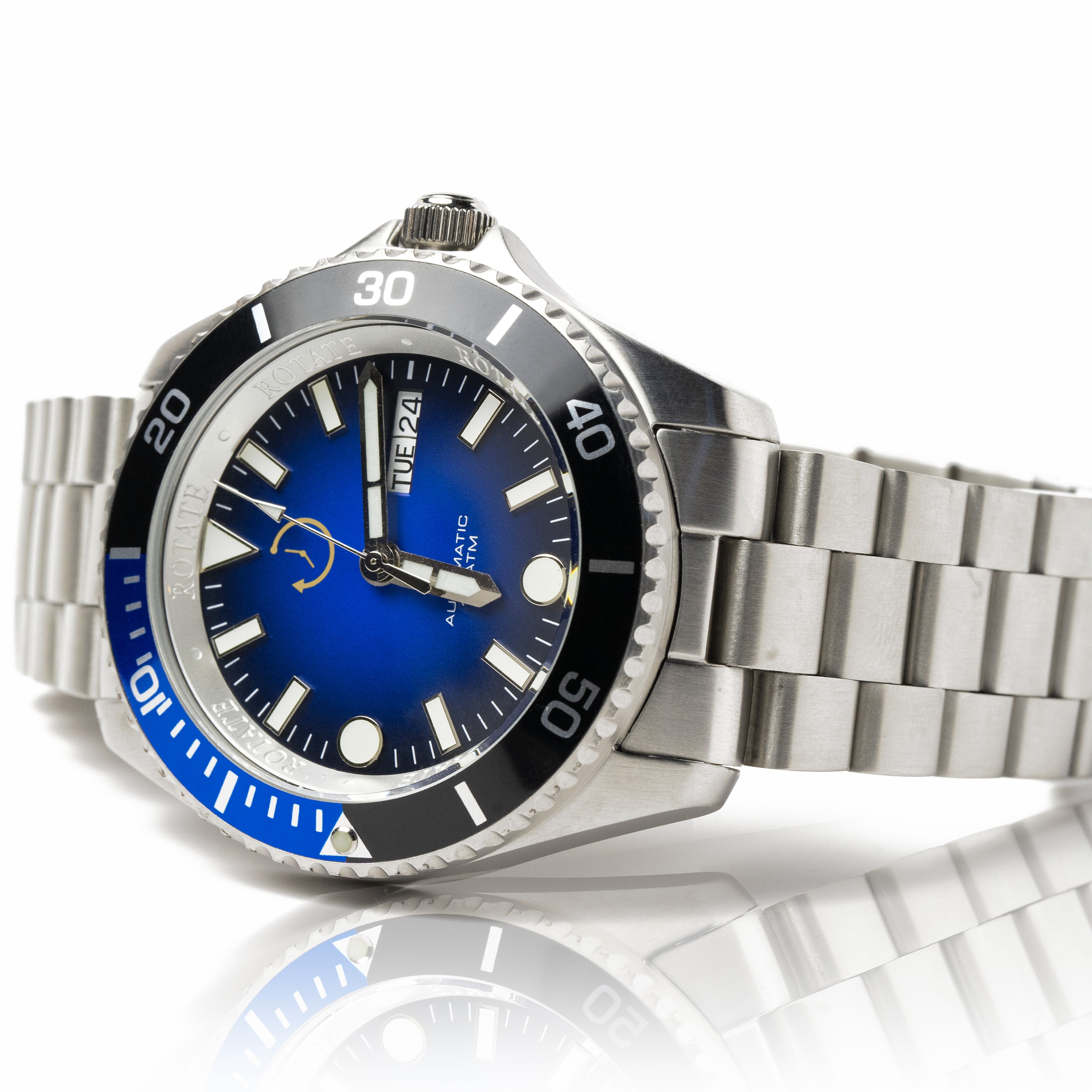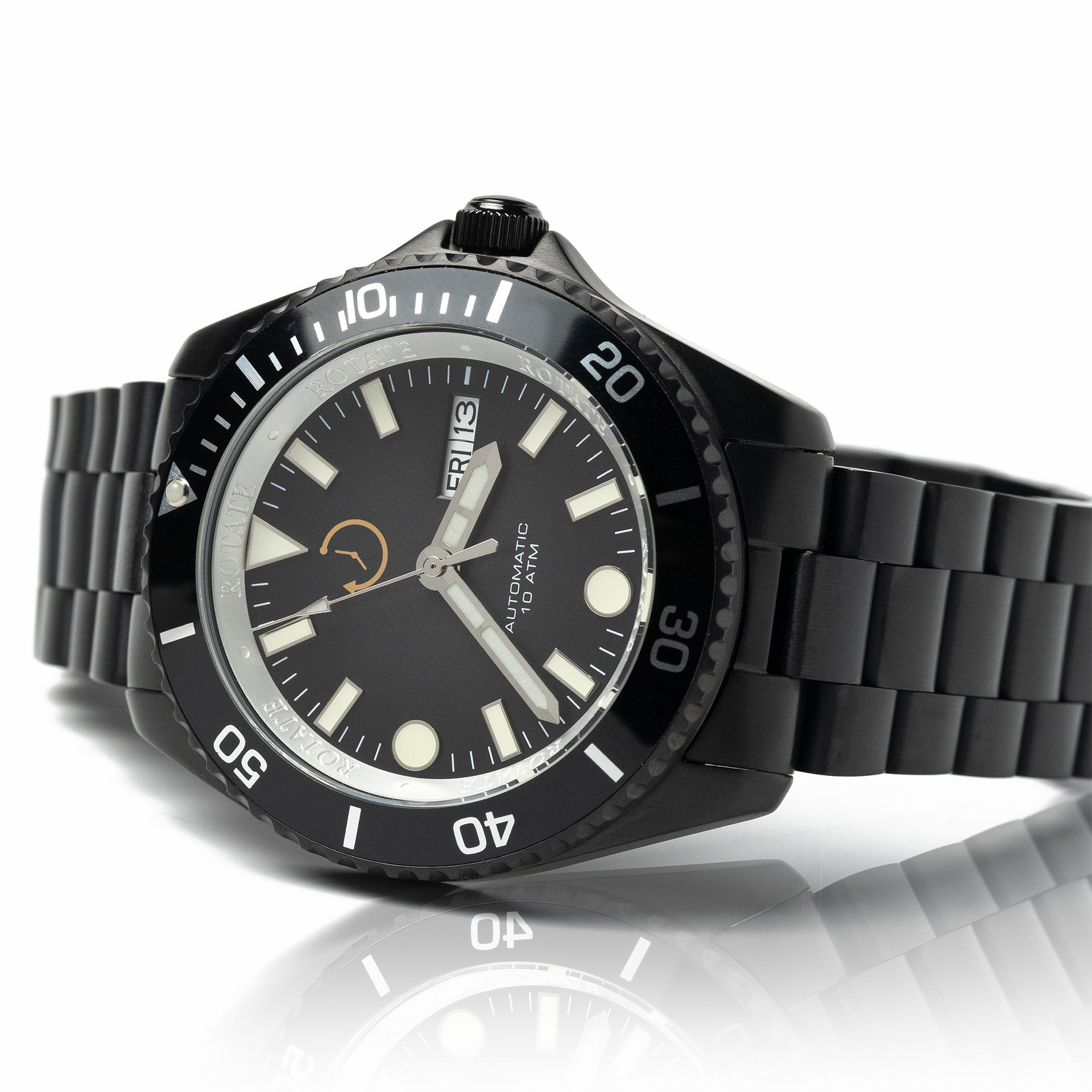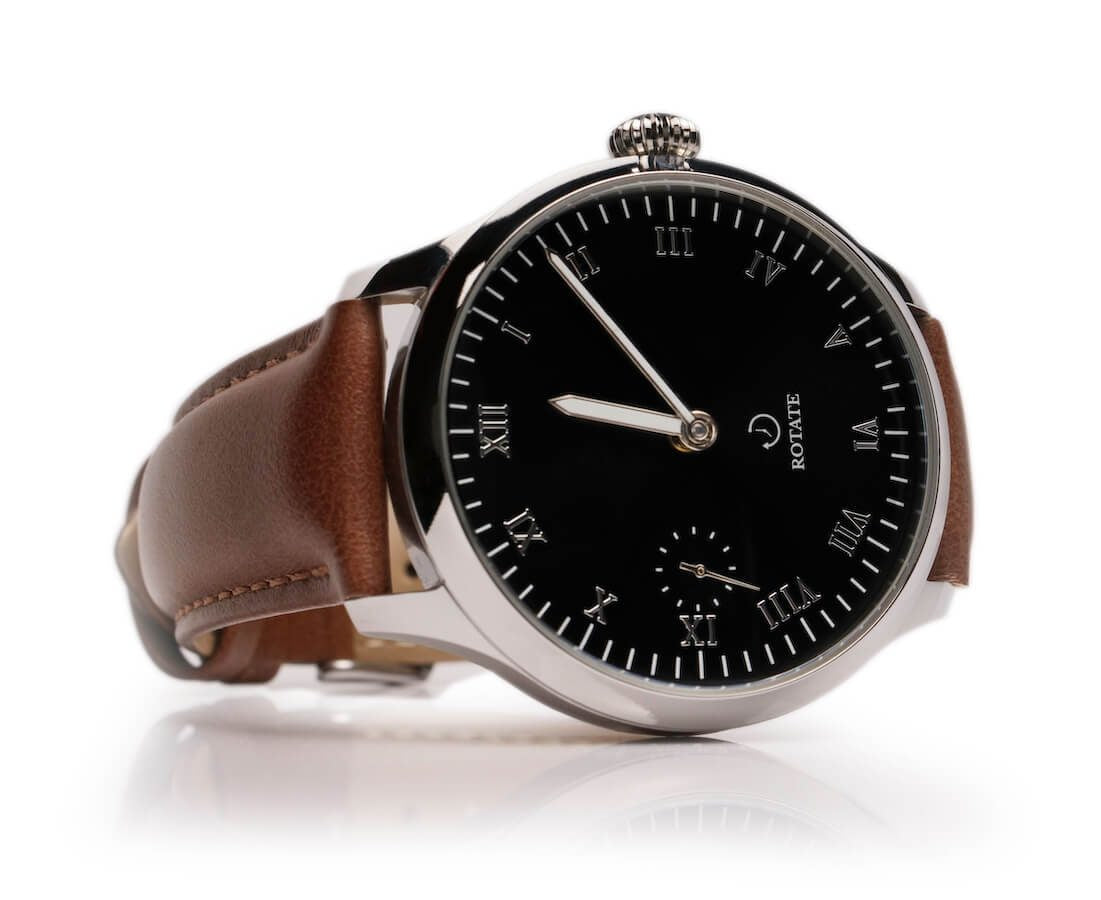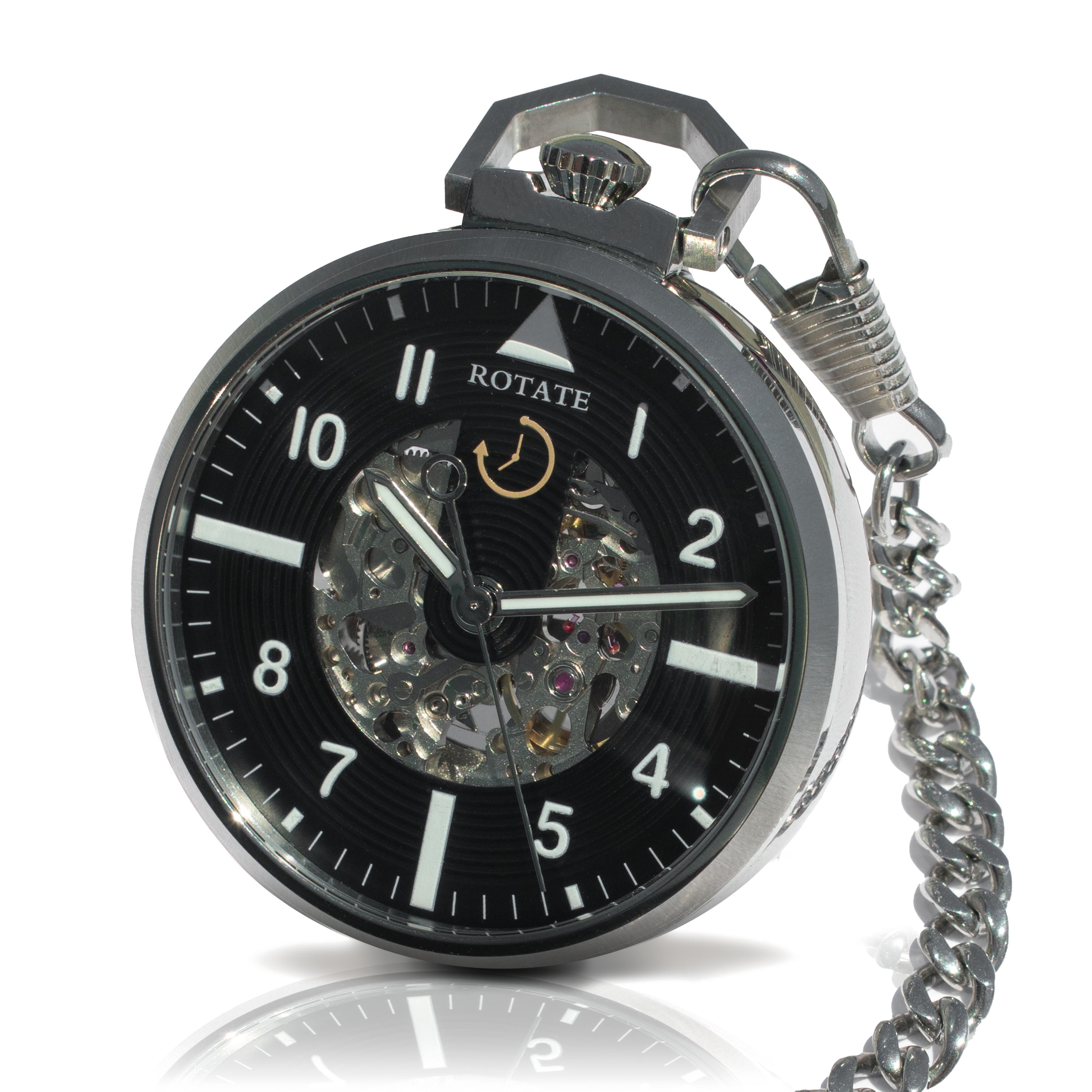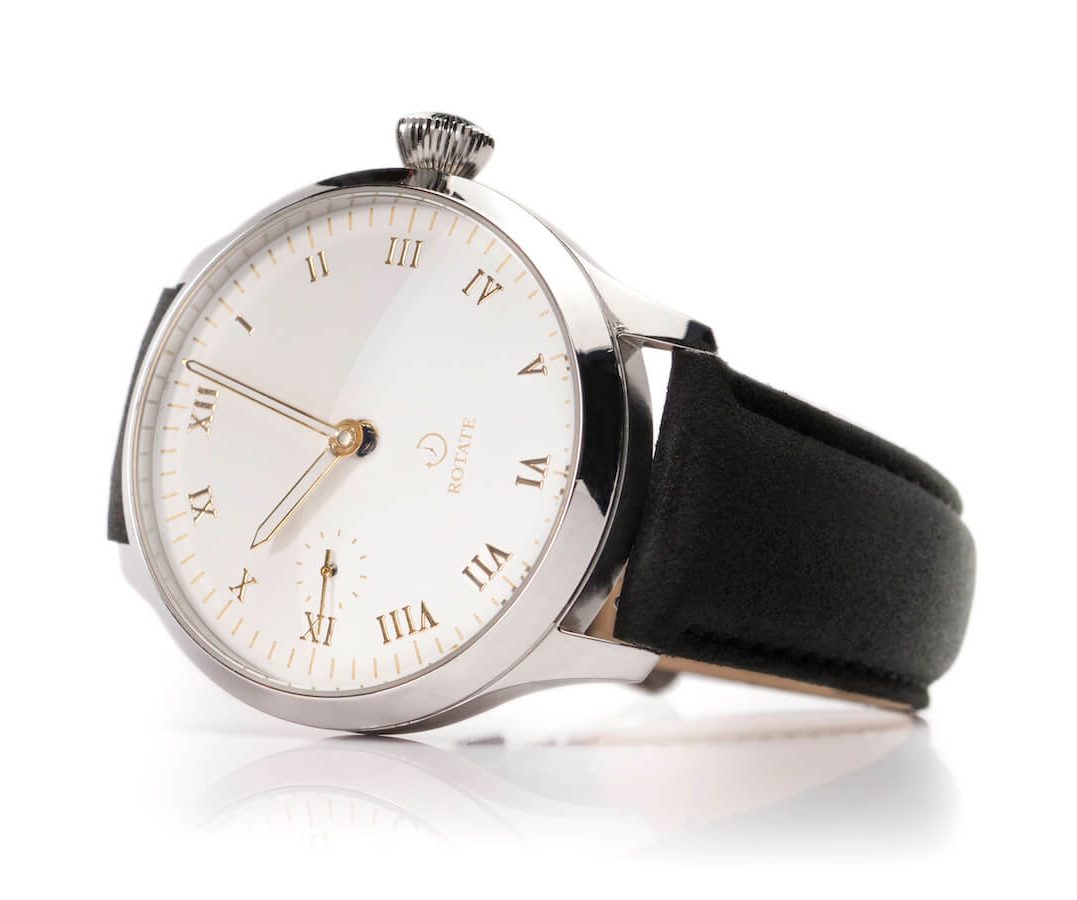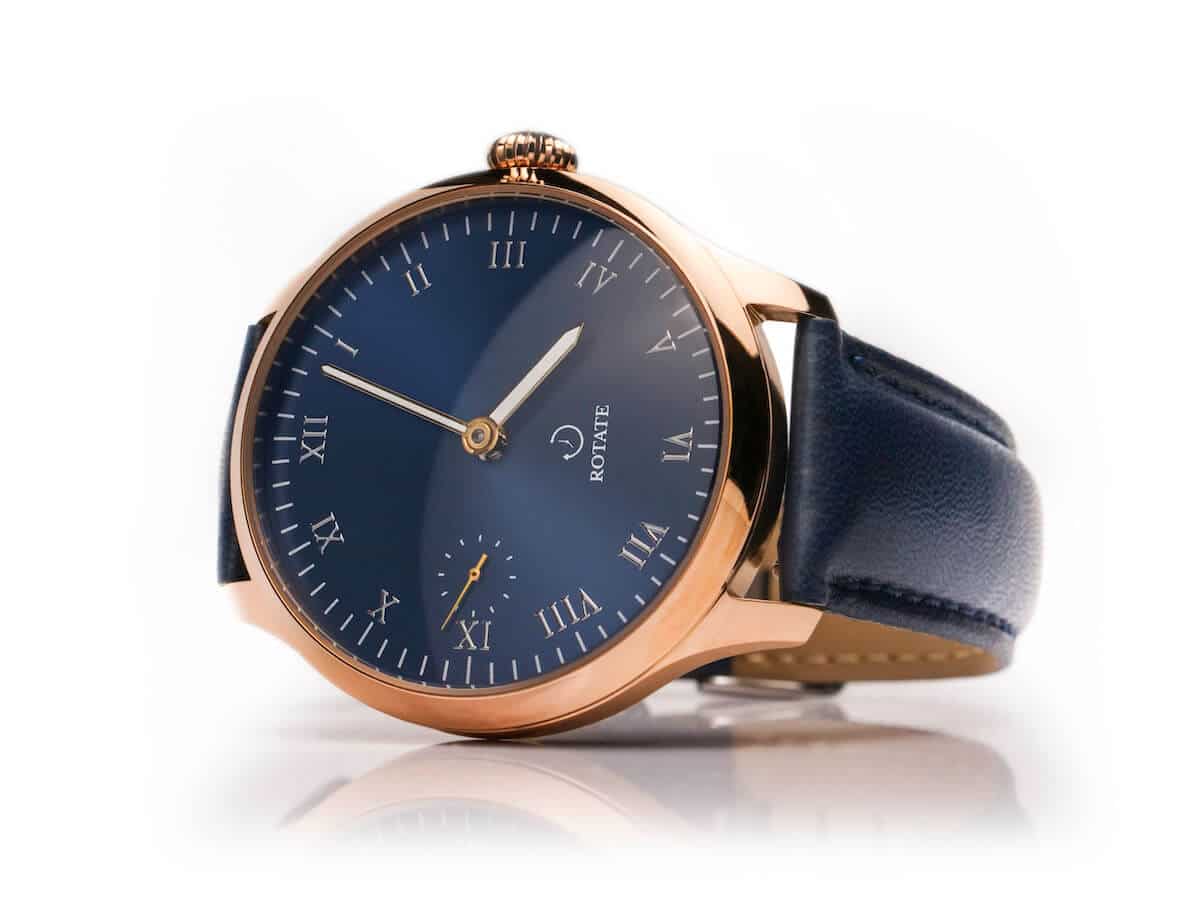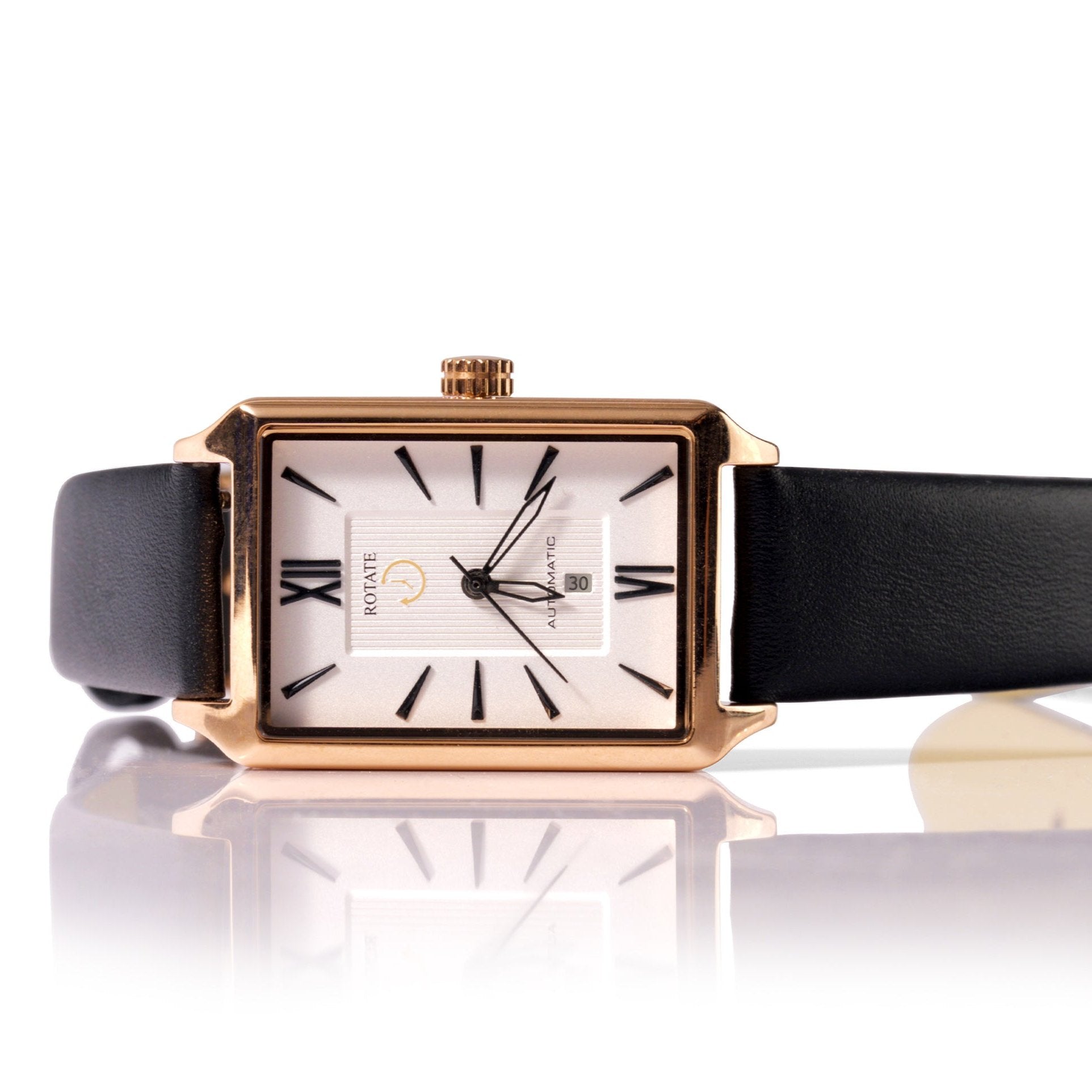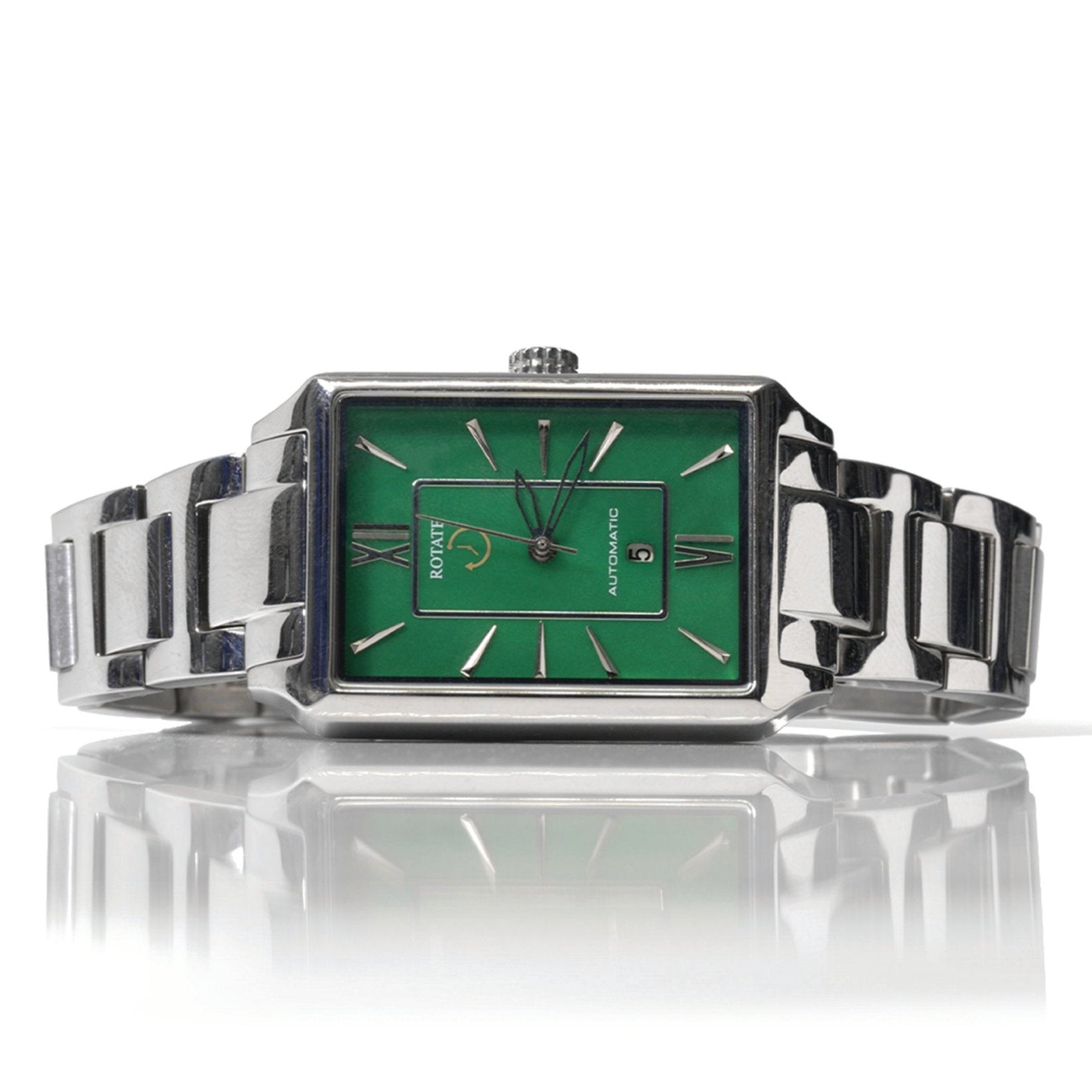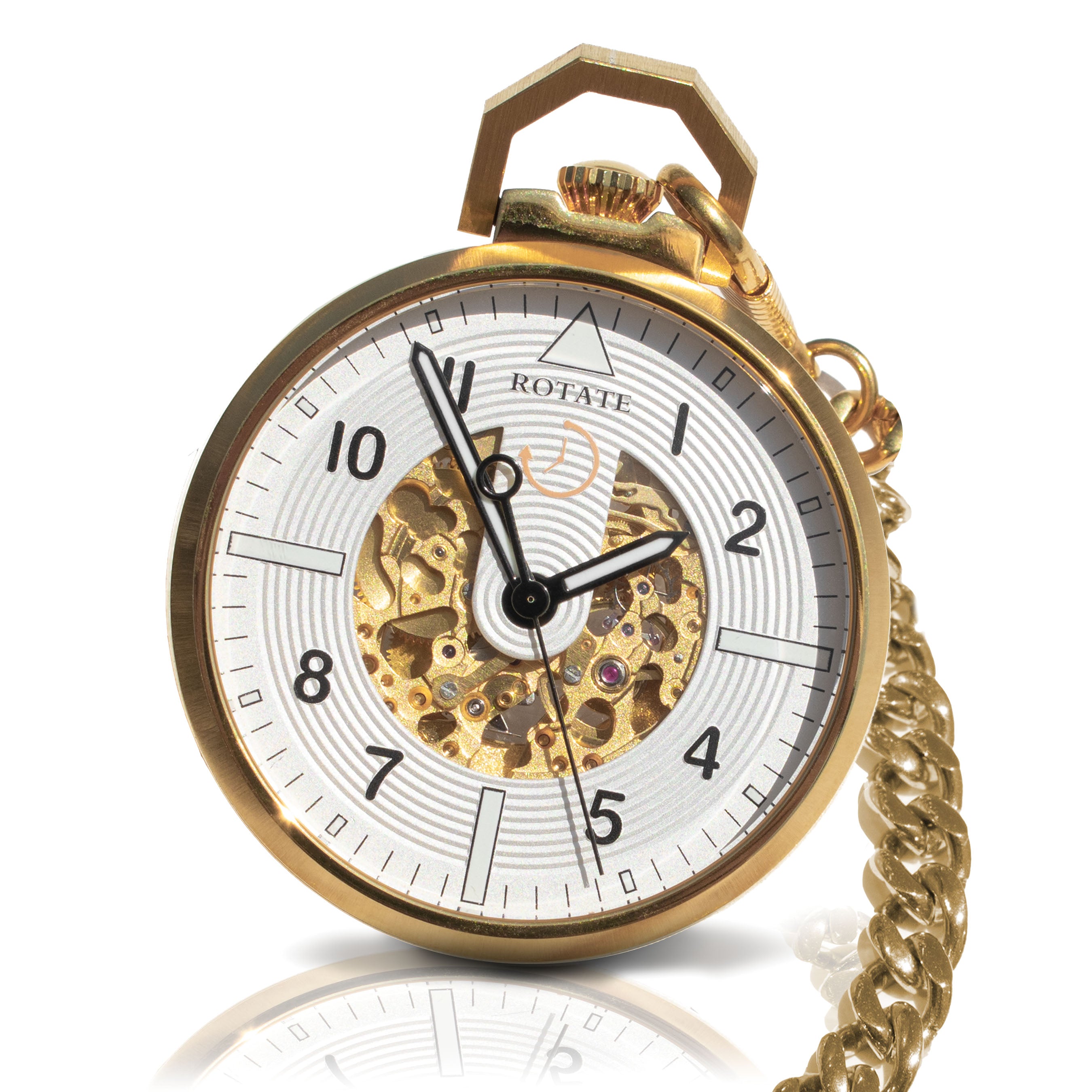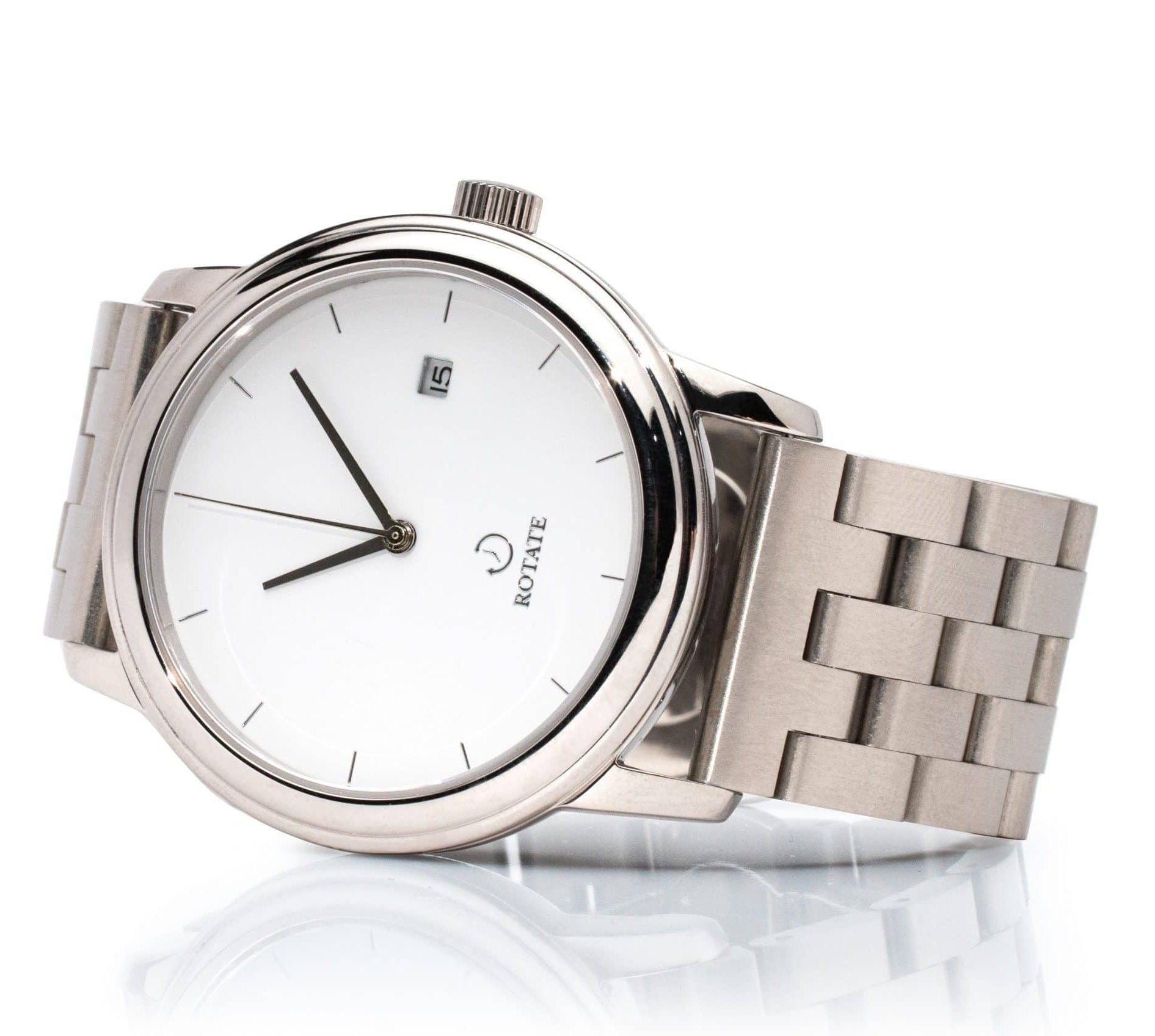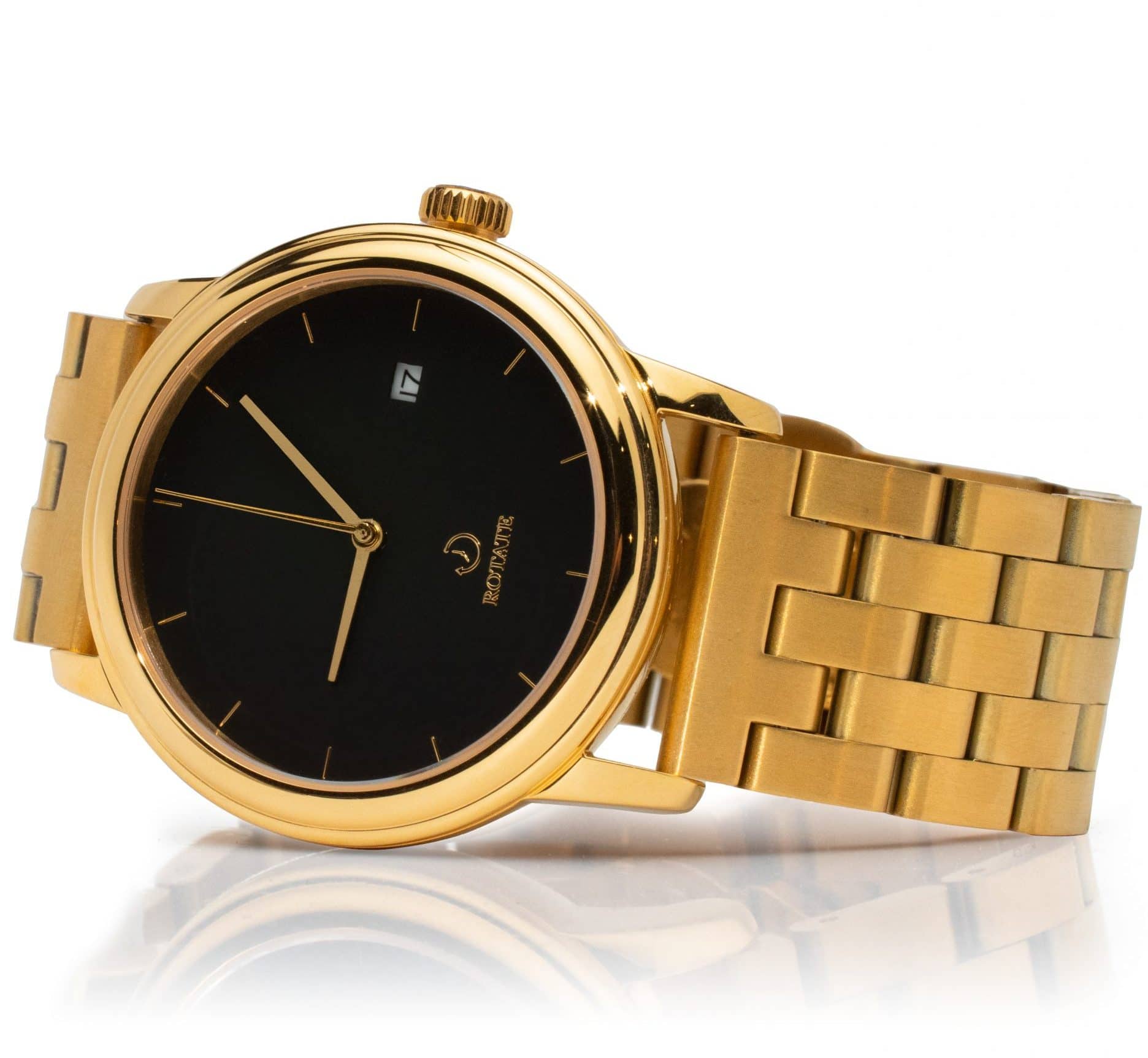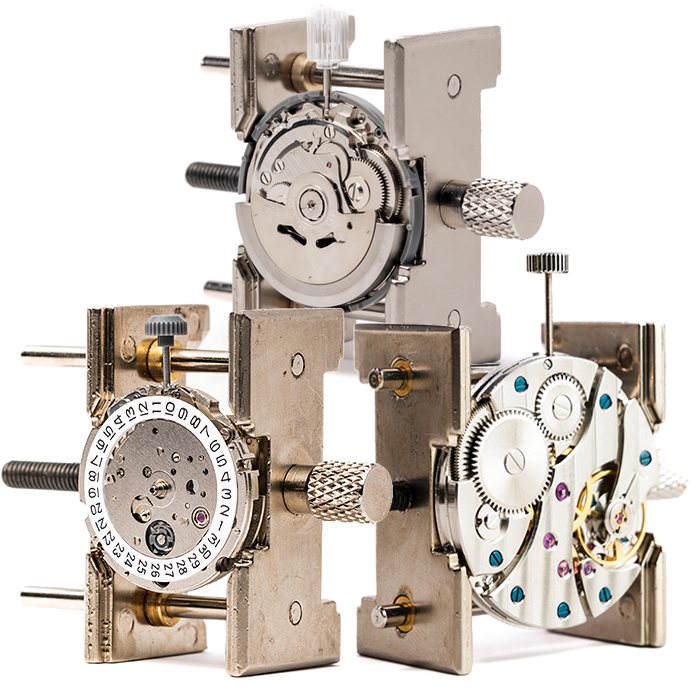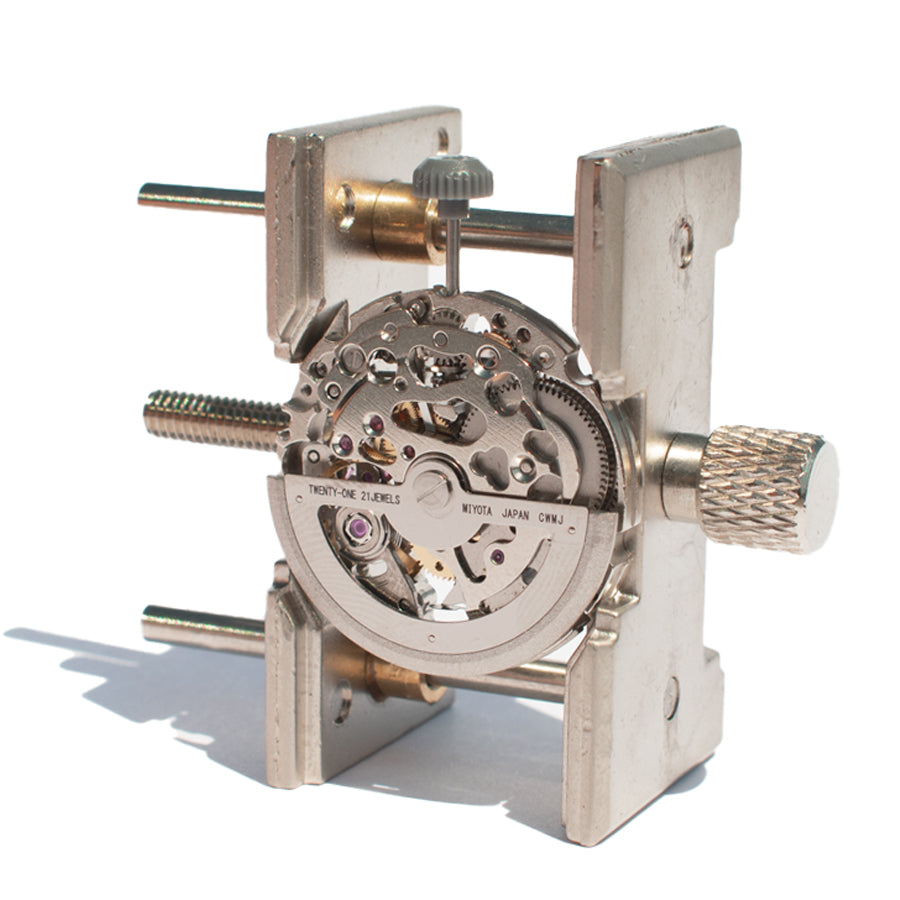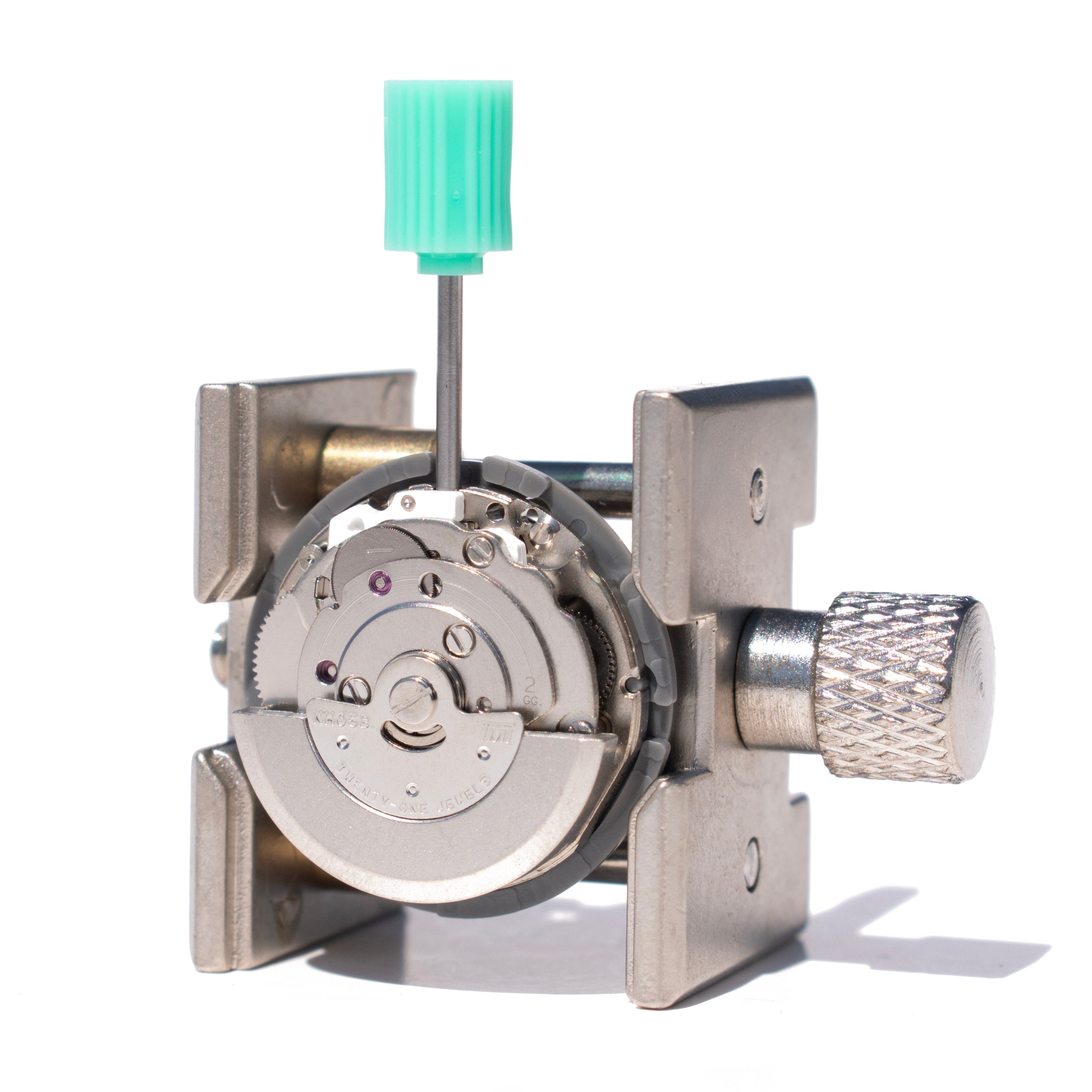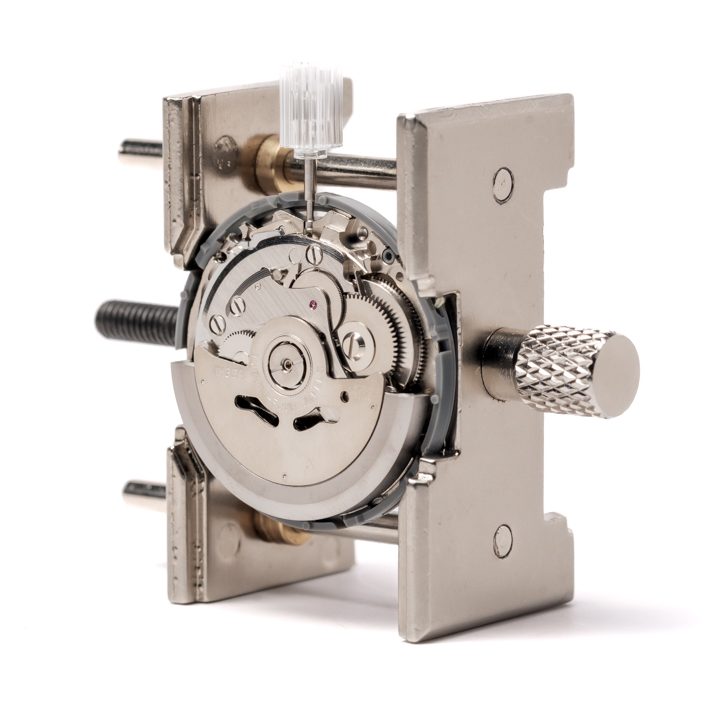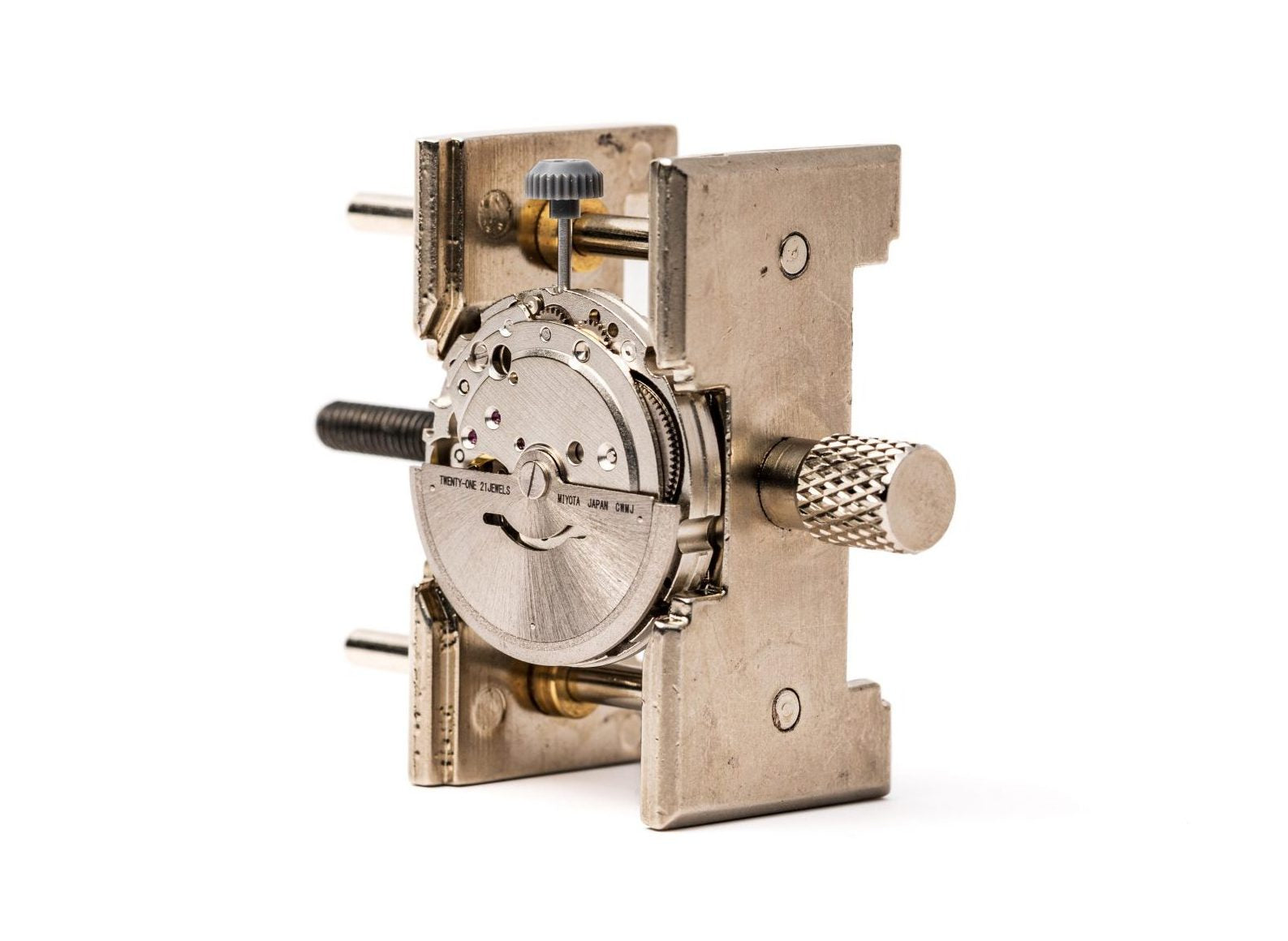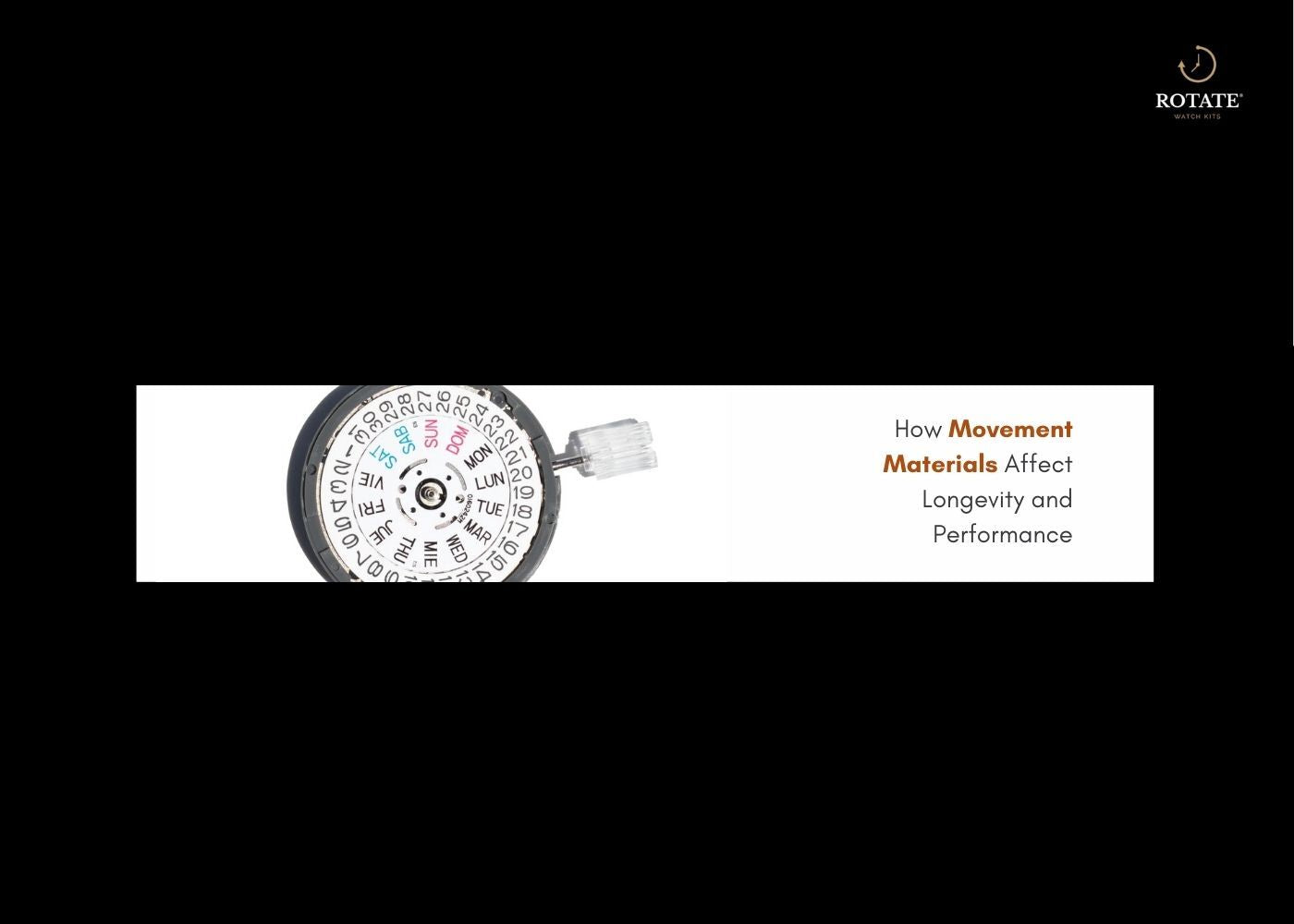
How Movement Materials Improve Durability and Precision
Performance comes from a smart mix, not one miracle alloy. Brass plates and bridges offer easy machining and stable geometry. Hardened steel in pinions and wheels holds polish under load. Synthetic rubies anchor thin oil films and prevent metal-to-metal wear. Silicon components at the escapement and in hairsprings add low friction and strong anti-magnetic properties. Clean assembly and light, correct lubrication multiply those durability factors. For rate benchmarks and context, scan the in-depth note on how accurate is an automatic watch.
A watch runs well for decades when the movement materials balance hardness, friction, and stability. That balance drives accuracy, serviceability, and resistance to shocks and fields. Silicon components cut friction, steel vs brass defines structural strength and machinability, synthetic rubies carry pivots with minimal wear, and sound material science choices unlock the real durability factors you control at the bench.
Movement Materials And How They Shape Longevity And Performance
Mechanical movements live where surfaces slide, roll, and flex. Purpose-chosen movement materials resist wear, hold tolerances through temperature swings, and keep friction predictable, which protects amplitude and rate. Bridges and plates need machinability and form stability, so brass with protective plating shines.
Wheels and pinions need hardness and polish, so steel performs. Jewels need hardness and oil retention, so synthetic rubies lead. Escapement parts need low mass and smooth geometry, which is where silicon components stand out. For a parts map, the primer on the anatomy of a watch gives a clear view that pairs well with material choices.
Material Science Of Watchmaking Simplified
Solid material science rests on three ideas.
First, hardness and toughness must live together. Hardened steel resists wear while toughness prevents brittle chips after shocks.
Second, corrosion resistance protects smooth surfaces so oils spread evenly.
Third, low friction at the escapement and pivots saves energy, which keeps amplitude high and regulation sticky. Oils and surfaces act as a system. Polished steel and synthetic rubies hold a stable oil film, while silicon components at the escapement reduce oil demand and lower dust attraction. A broader context on finishing and geometry appears in Seiko movement accuracy.
Silicon Components Where They Shine
Microfabricated silicon components bring precise geometry, low mass, and very low magnetic interaction. Silicon escape wheels and pallet interfaces reduce sliding friction and often need less lubrication. Silicon hairsprings keep shape through temperature swings and add strong anti-magnetic properties, which supports stable daily rate near laptops and phone cases.
Builders who want a reliable platform for upgrades can start with the Seiko NH36 movement kit. That base responds well to low-friction improvements upstream, which you can validate on a timing machine. Movement families and upgrade paths are outlined in top Miyota movements.
Steel vs Brass In Real Builds
Choosing steel vs brass is about roles. Brass excels in plates and bridges due to clean cutting, stable threads, and consistent dimensions with protective plating. Polished steel rules in gear teeth and pinions where oil films must ride a mirror finish under load. That pairing delivers long-term freedom in the train and smooth power to the escapement. Platform characteristics across brands are compared in Swiss movement vs Japanese movement. For hands-on testing, the Miyota 8215 movement kit shows classic steel pinion durability, while the Miyota 8N24 movement kit lets you watch the train interact with jewels in full view.
Synthetic Rubies Reduce Friction And Wear
Modern jewel bearings rely on synthetic rubies grown for purity and hardness. Jewels create a polishable surface at pivots and a small oil reservoir that stabilizes lubrication. Less metal contact means less debris and steadier amplitude. Jewel count matters less than placement.
Pallet stones and balance staff jewels influence rate directly, while center and third wheel jewels protect overall train freedom. Historical choices that shaped jewel layouts appear in the big three in watchmaking. For a clear, slow-beat platform to study jewel action, try the Seagull ST3600 movement kit and keep a spare hands set for ST3600 for repeated trials.
Durability Factors You Control During Building
Workshop practice multiplies material advantages. Small habits protect surfaces and oil films that performance depends on.
Mini list you can act on today
• Wear gloves so skin salts do not seed corrosion on steel or brass.• Use rodico to lift dust, not wipes that can scratch finishes.• Seat jewels straight, confirm endshake, then test train freedom.• Oil sparingly so films stay thin and clean.• Store away from strong magnets and moisture.
Helpful tools
A simple bench setup with gloves, dust blower, and Rodico watchmaking putty covers most needs. For display and gentle upkeep, the automatic watch winder display case keeps handling to a minimum between checks.
Movement Materials Do And Do Not Table
|
Scenario |
Do |
Do Not |
|
Handling brass plates |
Wear gloves and touch only edges |
Handle with bare hands or wipe with fabric |
|
Fitting pivots into synthetic rubies |
Check endshake and add a tiny oil drop |
Force a tight fit or flood the jewel |
|
Choosing steel vs brass for custom parts |
Use hardened steel for pinions and load teeth |
Cut a high-load gear from brass |
|
Adding silicon components |
Keep escapement clean and oil lightly |
Assume zero care and skip cleanliness |
|
Managing anti-magnetic properties |
Keep electronics away from bench and caseback |
Store on speakers or magnetic clasps |
|
Protecting durability factors |
Use rodico, fresh oils, and correct torque |
Reuse dirty oilers or over-tighten into brass |
Movement Materials Case Studies You Can Try
Evidence beats theory when you tune a movement. Three controlled comparisons show how materials and handling change rate and amplitude.
Case study one brass bridges and train freedom.
Start with a plated brass bridge platform. Clean, re-oil, and log amplitude and rate across positions. Repeat with the same parts and extra care on pivot oiling and jewel seating. Expect a measurable rise in amplitude and a tighter daily rate spread. Platform differences are explained in comparing Seiko movements NH36 and 7S26. A fresh Seiko NH36 movement gives a repeatable bed for tests.
Case study two silicon components at the escapement.
Install a silicon escape wheel where supported. Track rate in dial up, crown up, and dial down for two weeks. Reduced friction and lower oil demand often stabilize amplitude, which makes regulation hold longer. Movement choice guidance appears in top Miyota movements.
Case study three synthetic rubies and oil control.
Re-oil key pivots with a minimal droplet and repeat rate checks at common room temperatures. Oil anchored in the jewel cup holds a stable film and narrows rate drift. A clear layout like the Hudson watchmaking kit or Alden watchmaking kit makes changes easy to observe.
Durability Factors Beyond Materials That Still Matter
Design multiplies material gains. Balanced gear ratios protect amplitude. Robust keyless works reduce wear during winding and setting. Clean case sealing keeps moisture and dust away from brass plates, steel teeth, and synthetic rubies. Broader longevity drivers are covered in how long do automatic watches last. For a transparent build that helps you spot wear early, pair a kit with the White Gold skeleton dial or Taupe Rose skeleton dial.
Movement Materials Choices That Fit Your Next Project
Clear paths help both new builders and seasoned hands. A robust daily wear build pairs a Japanese automatic base with polished steel train parts and synthetic rubies, then adds finish upgrades over time. The Marco watchmaking kit, Knight watchmaking kit, and Edison watchmaking kit offer approachable layouts. Movement-centric learning accelerates with the mega movement kit bundle. Hands-on regulation and repair are part of the Rotate journey and guidance is included in the kits.
Material Science Meets Craft Call To Action
Time feels different when a caliber comes to life on your bench. Build with movement materials that make performance repeatable and durable. Rotate ships complete watchmaking kits that include tools, parts, and clear guides. Start with a movement like the Miyota 8215 movement or go all in with the Galileo watchmaking kit. Your story grows with each jewel set and each bridge screw turned with care.
Conclusion
Materials decide how a movement ages. Brass plates hold geometry and threads. Polished steel keeps the train smooth. Synthetic rubies anchor oil films and curb wear. Silicon components add low friction and strong anti-magnetic properties. Clean material science and careful handling amplify durability factors you control, which keeps a watch running strong for years.
FAQ
Q1. What movement materials influence accuracy most
Ans. Balance spring alloys, polished steel in the train, and jewel quality matter most. Silicon components at the escapement and stable brass bridges support amplitude and tight daily rate.
Q2. Are silicon components better than metal parts
Ans. Silicon lowers friction and adds strong anti-magnetic properties, which steadies timing in daily life. Metal still wins for strength and serviceability, so the best builds mix both.
Q3. Does steel vs brass change long term durability
Ans. Steel leads in gear teeth and pinions where hardness and polish matter. Brass fits plates and bridges due to machinability and stability with protective plating over time.
Q4. Do synthetic rubies ever wear out
Ans. Rubies resist wear for decades with correct oiling and alignment. Damage usually comes from dry pivots or side load rather than the jewel material itself.
Q5. How do anti-magnetic properties improve performance
Ans. Low magnetic interaction keeps the hairspring breathing evenly and protects amplitude. Silicon components and low-susceptibility alloys deliver that benefit without bulk.
Q6. Which durability factors can a builder control now
Ans. Cleanliness, light and correct oiling, careful jewel seating, and glove use change outcomes. Those habits let chosen movement materials deliver their full advantage.
{ "@context": "https://schema.org", "@type": "FAQPage", "mainEntity": [ { "@type": "Question", "name": "What movement materials influence accuracy most?", "acceptedAnswer": { "@type": "Answer", "text": "Balance spring alloys, polished steel in the train, and jewel quality matter most. Silicon components at the escapement and stable brass bridges support amplitude and tight daily rate." } }, { "@type": "Question", "name": "Are silicon components better than metal parts?", "acceptedAnswer": { "@type": "Answer", "text": "Silicon lowers friction and adds strong anti-magnetic properties, which steadies timing in daily life. Metal still wins for strength and serviceability, so the best builds mix both." } }, { "@type": "Question", "name": "Does steel vs brass change long term durability?", "acceptedAnswer": { "@type": "Answer", "text": "Steel leads in gear teeth and pinions where hardness and polish matter. Brass fits plates and bridges due to machinability and stability with protective plating over time." } }, { "@type": "Question", "name": "Do synthetic rubies ever wear out?", "acceptedAnswer": { "@type": "Answer", "text": "Rubies resist wear for decades with correct oiling and alignment. Damage usually comes from dry pivots or side load rather than the jewel material itself." } }, { "@type": "Question", "name": "How do anti-magnetic properties improve performance?", "acceptedAnswer": { "@type": "Answer", "text": "Low magnetic interaction keeps the hairspring breathing evenly and protects amplitude. Silicon components and low-susceptibility alloys deliver that benefit without bulk." } }, { "@type": "Question", "name": "Which durability factors can a builder control now?", "acceptedAnswer": { "@type": "Answer", "text": "Cleanliness, light and correct oiling, careful jewel seating, and glove use change outcomes. Those habits let chosen movement materials deliver their full advantage." } } ] }


